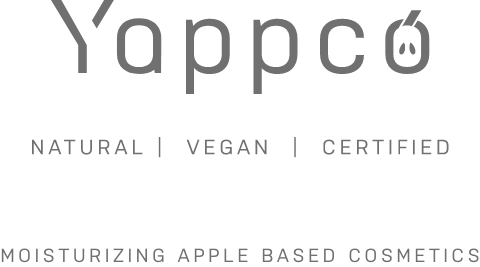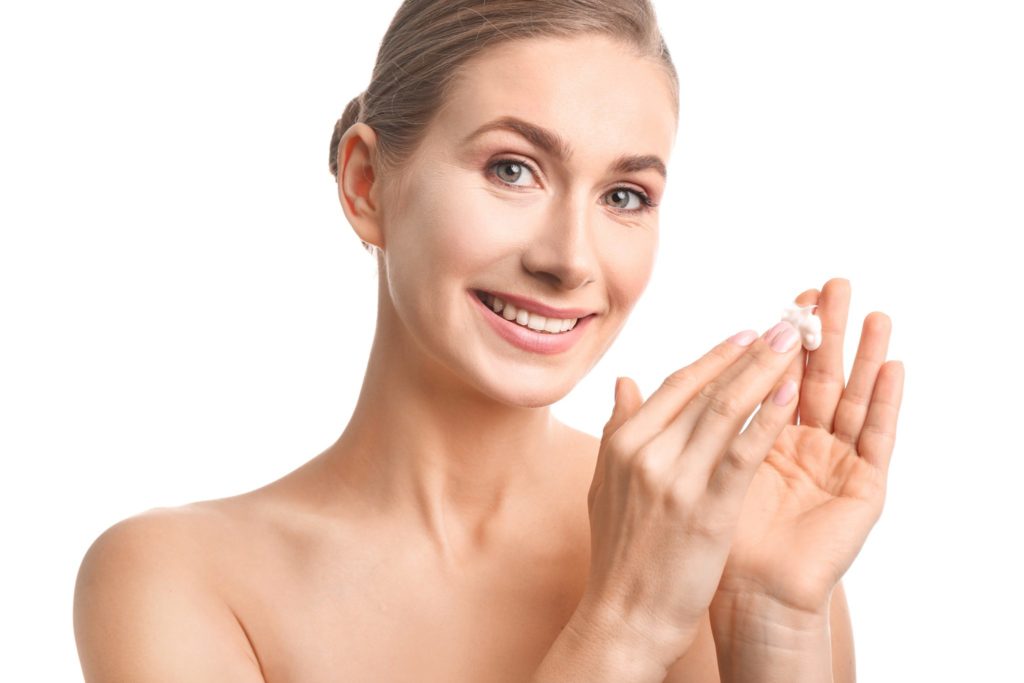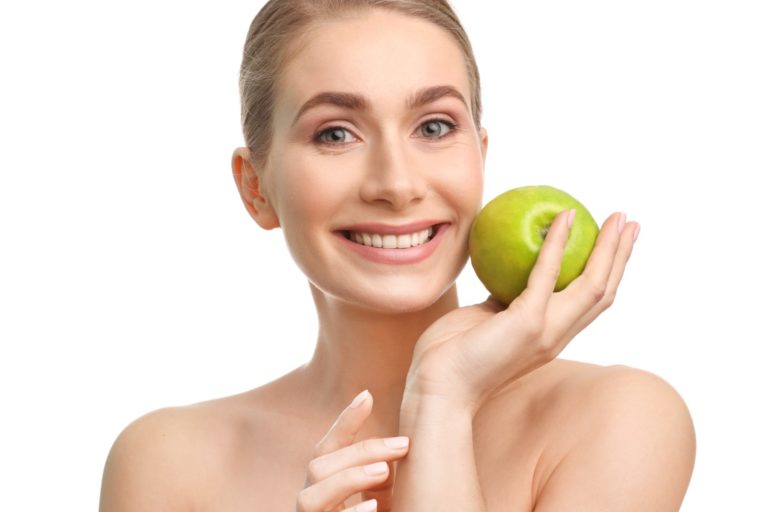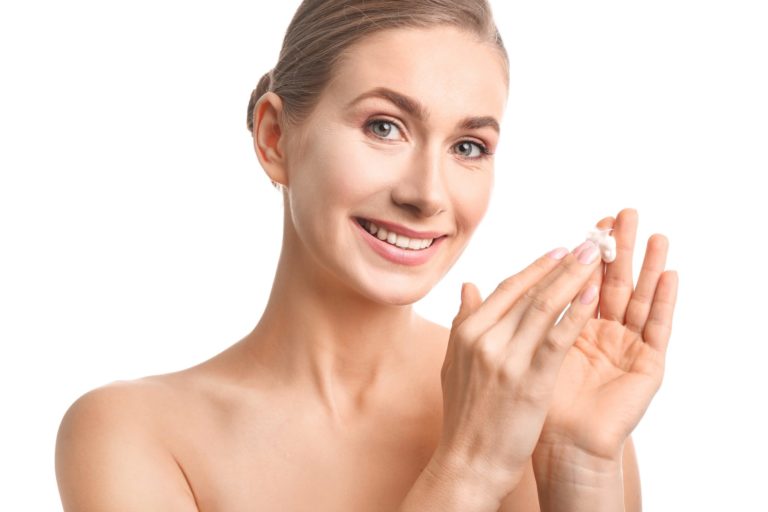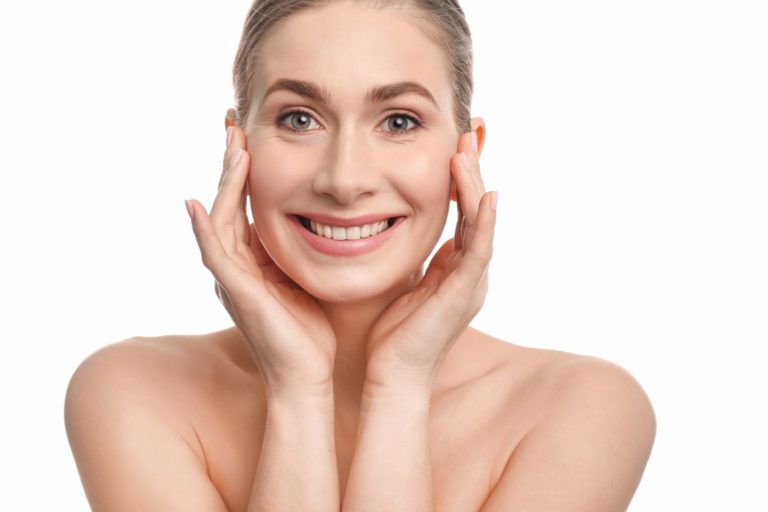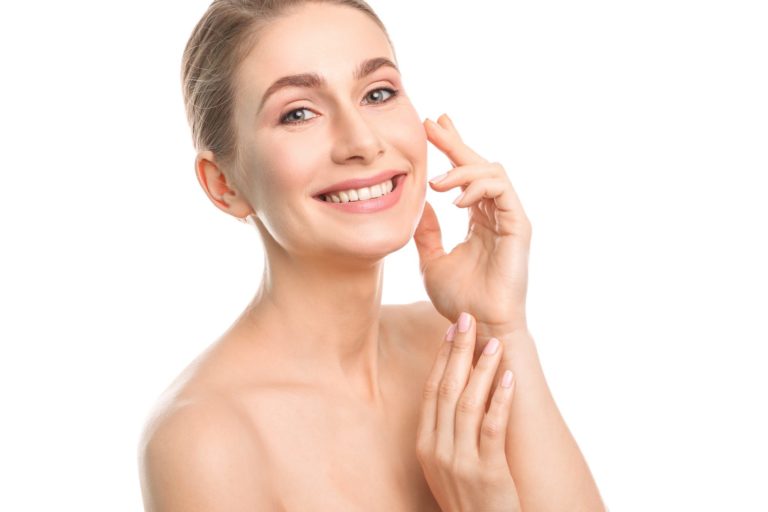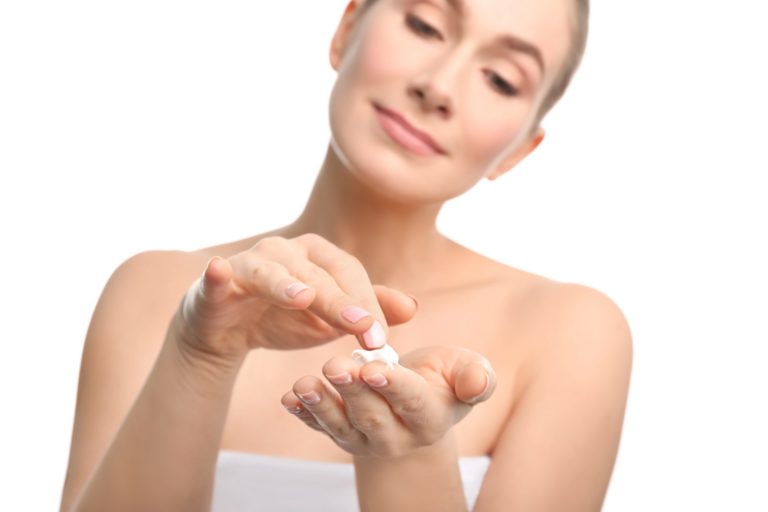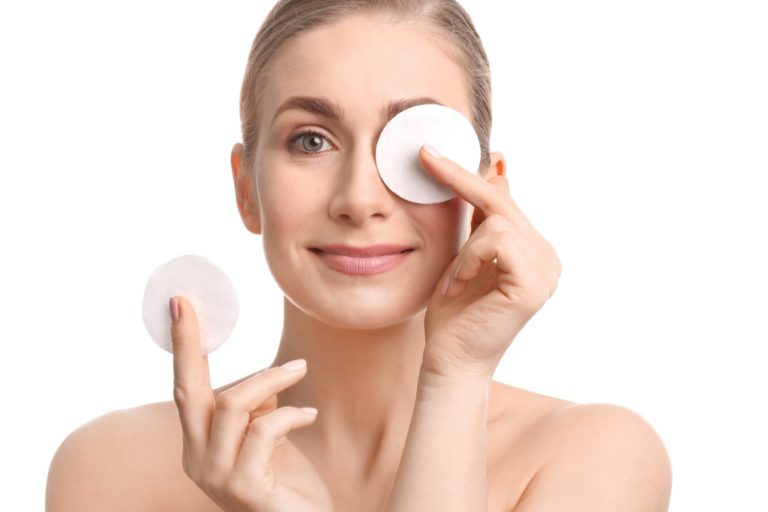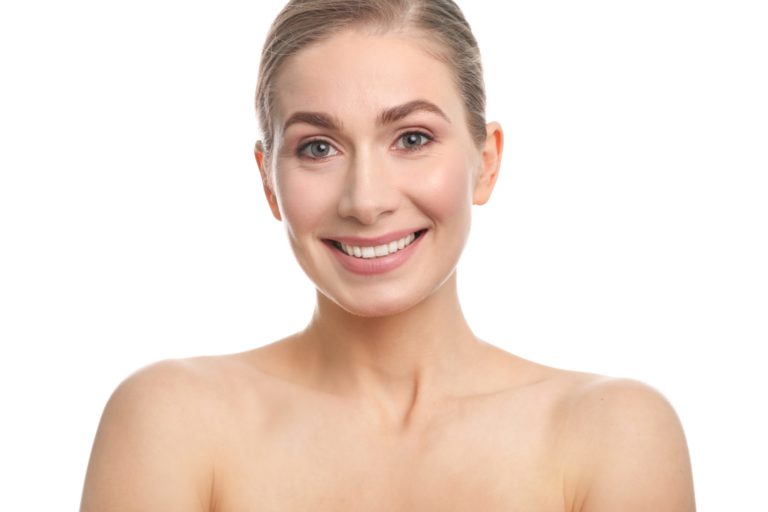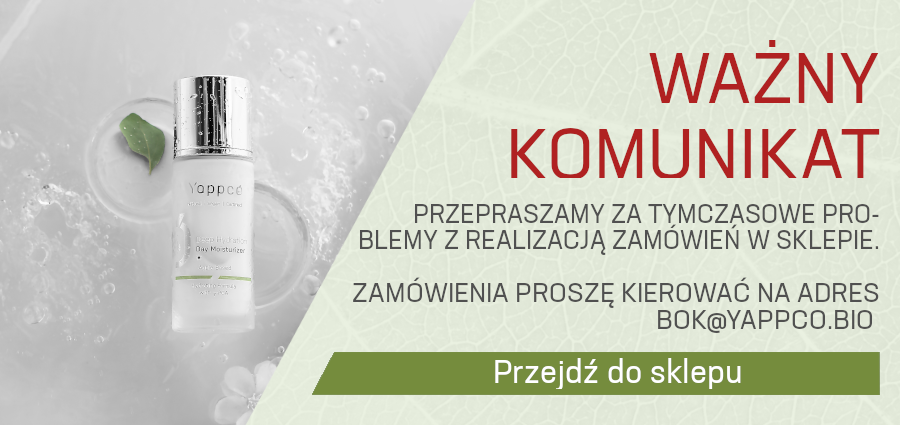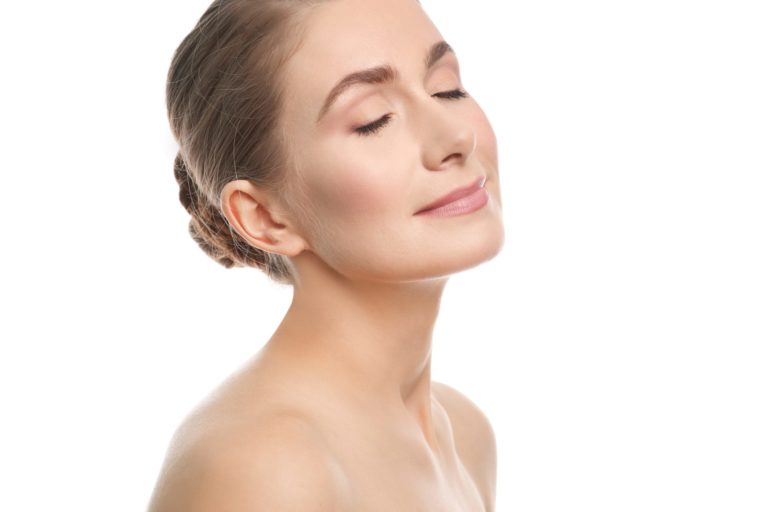
Revolutionary moisturizing
Moisturizing is the basis in skin care
Moisturizing is the basis in skin, hair and nail care, regardless of their type and age, which is the point in Yappco natural products.
Water is the source of the formation of keratin, needed to create the epidermis, hair and nails that constantly grow and renew themselves. In addition, it is necessary for the processes of creating collagen and elastin fibres, which are responsible for its firmness and elasticity, and thus its attractive and younger looks. The lack of moisturizing triggers wrinkles, sagging, irritation and roughness of skin. Healthy hair contains 10% of water, which is a component of ceramides – fats, which act as an elastic binding material responsible for hair elasticity and keeping the hair cuticles flat. Dehydrated hair is rough, hard and brittle. As with the skin, it is also very important to take care of the protective fat layer of the hair, which prevents the water from evaporating. Moisture is also essential for hair roots and the scalp. Thanks to it, the hair is healthy, roots are lifted and the scalp is free of irritation. The risk of dandruff and seborrhoeic dermatitis is reduced as well.
Moisturizers can help to retain moisture in the deep layers of the skin by binding its molecules and the tissue, which, in the case of skin, prevents the moisture from migrating to the outer layers and outside the body. They also strengthen the hydrolipid coat, which retains water in the skin from the outside. Hair conditioners help to bind water in ceramides and retain moisture without damaging the sebum barrier. An important role in retaining moisture is served by skin and hair-care products, which, if poorly made or containing aggressive detergents such as SLS or SLES, may damage the hydrolipid barrier.
Until recently, it was hyaluronic acid (HA), naturally produced in your skin, which was widely recognized as the best substance for binding water in deep layers of skin. This acid is also produced for the needs of cosmetology and supplied from the outside.
Kwas poliglutaminowy 5-krotnie lepiej nawilża skórę niż kwas hialuronowy
Kwas poliglutaminowy, zwany inaczej γ-PGA czy gamma-PGA jest to naturalny wielofunkcyjny biopolimer wytwarzany przez mikroorganizmy BacillusSubtilis w drodze fermentacji. Badania γ-PGA pod kątem kosmetycznym rozpoczęto po zaobserwowaniu, że skóra dłoni jest szczególnie gładka, u osób, które zawodowo i ręcznie mieszają Natto. Został on po raz pierwszy wyekstrahowany z Natto, japońskiej potrawy opartej na bazie sfermentowanej soi, ma więc naturalne źródło i jest bezpieczny dla ludzkiego organizmu. It has the ability to bond water particles in the amount of 5000 more than its mass.By comparison, hyaluronic acid binds water up to 1.000 times its weight.
It acts by:
- binding and retaining water in the deeper skin layers,
- enhancing the performance of the natural hyaluronic acid (HA),
- slowing the degradation of hyaluronic acid (HA),
- stimulating the development of substances responsible for formation of the NMF, i.e. natural moisturizing and moisture retaining factor,
- reducing the TEWL, i.e. transepidermal water loss,
- replenishing nutrients and supplements for skin care,
- forming an external evaporation-inhibiting film,
- protecting from UV radiation.
Kwas poliglutaminowy występuje w zróżnicowanych rozmiarach molekuł. Wielkość 70-100 kDA pozwala wnikać w głębsze warstwy skóry. Monomery γ-PGA dzięki możliwości penetracji głębszych warstw skóry oraz właściwościom przyłączania do siebie zawartych w kosmetyku substancji odżywczych i pielęgnacyjnych, mogą je transportować wgłąb, do skóry właściwej. Ponadto gamma-PGA jest jedynym, znanym do tej pory, skutecznym składnikiem, który stymuluje produkcję czynnika nawadniającego skórę (NMF) do 130% normalnego poziomu. Większe cząsteczki γ-PGA o rozmiarze 700-1000 kDA zatrzymują się na zewnętrznej warstwie skóry. Wiążąc wodę wzmacniają barierę hydrolipidową,chroniąc przed parowaniem wilgoci i o blisko połowę ograniczając TEWL, tj. przeznaskórkową utratę wody. Warstwa ta również pomaga tworzyć filtr chroniący przed degradacyjnym promieniowaniem UV. Kwas hialuronowy naturalnie jest wytwarzany w skórze przez fibroblasty i keratynocyty. Jego poziom obniża się podczas procesu różnicowania komórek. Dochodzi do jego degradacji przez hialuronidazę i wydalanie z organizmu, a szacunkowy czas półtrwania wynosi ok. 12 godzin. Gamma PGA hamuje jego degradację.
